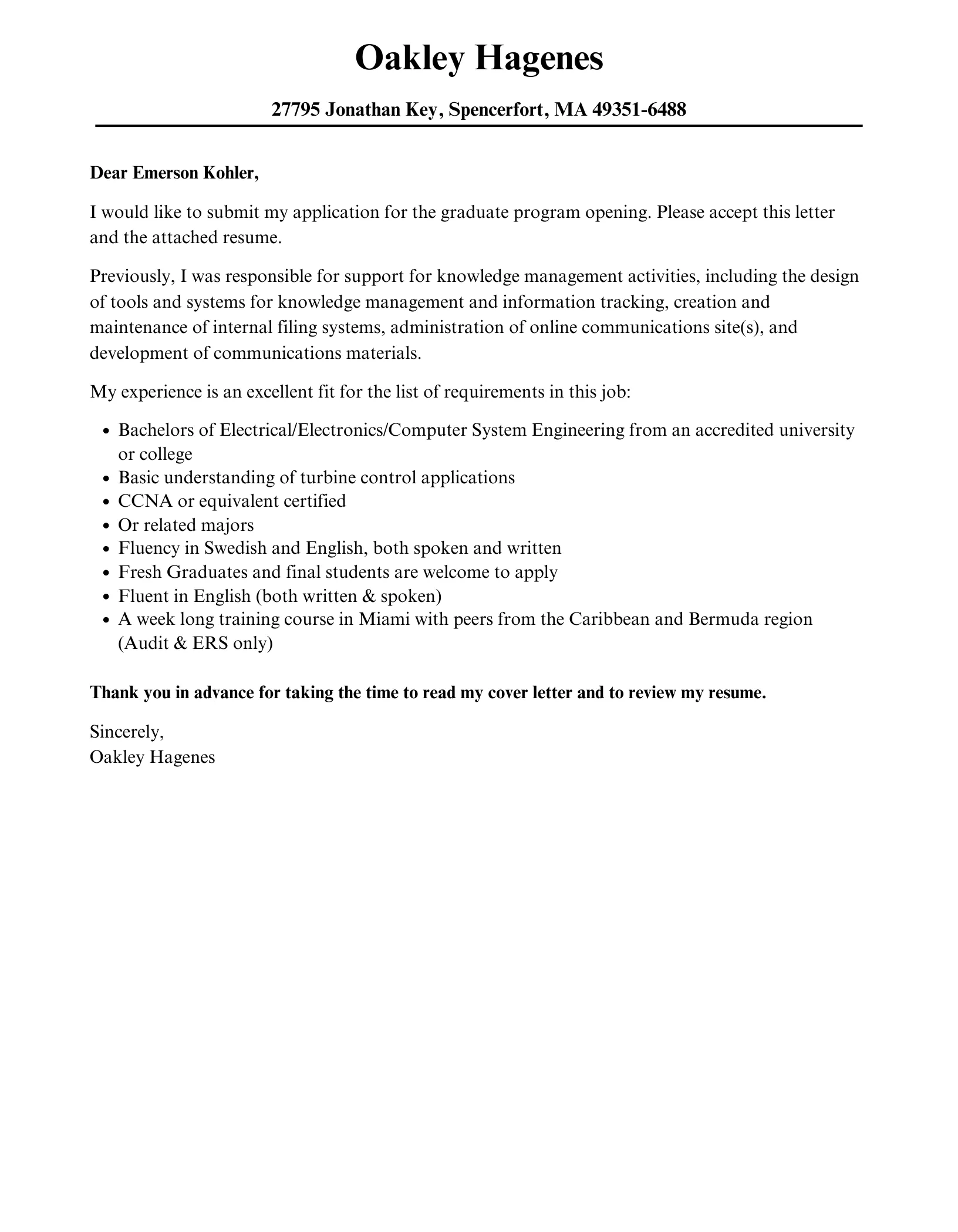Understanding the Graduate Program Cover Letter
A cover letter for a graduate program is a crucial document that accompanies your application. It serves as your introduction to the admissions committee, providing a space to showcase your personality, motivations, and qualifications beyond what’s presented in your resume or transcripts. A well-crafted cover letter can significantly increase your chances of acceptance by demonstrating your genuine interest, highlighting your relevant skills and experiences, and illustrating how you align with the program’s goals. It is your opportunity to make a strong first impression and set yourself apart from other applicants. Understanding the purpose and importance of this document is the first step toward crafting an impressive cover letter.
The Purpose of a Cover Letter
The primary purpose of a cover letter is to persuade the admissions committee that you are a strong candidate for the graduate program. It allows you to explain your reasons for applying, your aspirations, and how the program will help you achieve your goals. This document provides a platform to connect your past experiences with your future ambitions, demonstrating a clear and thoughtful career path. It allows you to personalize your application, showing that you have researched the program, understand its values, and can articulate why you are a good fit. It’s a chance to reveal your personality, passion, and commitment to the field, giving the committee a more complete picture of who you are beyond your academic record.
Key Components of a Strong Cover Letter
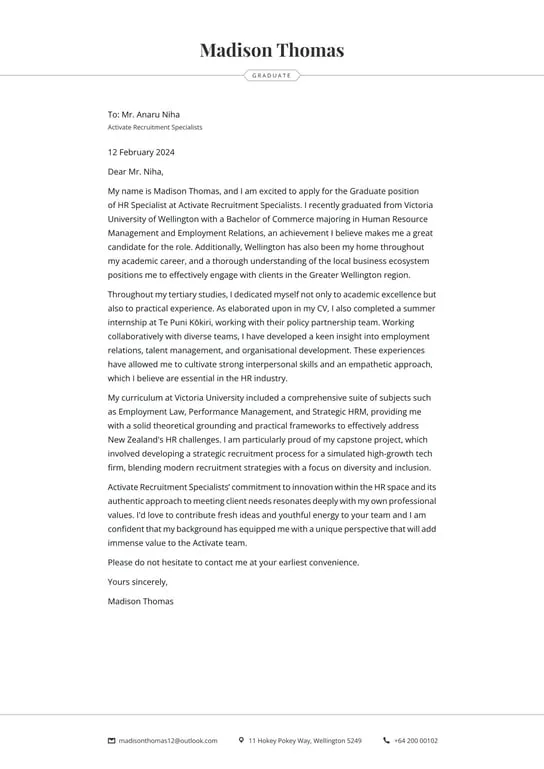
A compelling cover letter is composed of several essential elements that work together to create a positive impression. These components include a strong opening paragraph that captures the reader’s attention, a detailed body that highlights your relevant skills and experiences, and a persuasive closing that reinforces your enthusiasm and calls for action. You should always include your contact information, salutation, opening paragraph, body paragraphs emphasizing your skills and experiences, and a strong closing. Each section plays a vital role in conveying your qualifications and passion, so make sure you address each of these elements thoroughly and effectively to maximize your impact.
Contact Information & Salutation
Start your cover letter by including your contact information, such as your name, address, phone number, and email address. This should be placed at the top of the letter. Next, address the letter to the appropriate person, typically the admissions committee or a specific faculty member. Always research the program to find the correct name and title. Using a formal salutation like “Dear Dr. [Last Name]” or “Dear Admissions Committee” demonstrates professionalism and shows that you have taken the time to personalize your letter. Avoid generic greetings; instead, make an effort to address the recipient directly. It will help establish a connection from the very beginning.
Opening Paragraph Hook Your Reader
The opening paragraph is your first opportunity to grab the reader’s attention. It should be concise, engaging, and clearly state your purpose for writing. Begin by expressing your interest in the graduate program and mentioning where you learned about it. Then, briefly highlight your key qualifications and why you are a strong candidate. Consider starting with a compelling anecdote, a statement of your career goals, or a specific achievement that showcases your relevant skills. Avoid generic statements and make sure your introduction reflects your enthusiasm and enthusiasm for the program. This will set the tone for the rest of the letter and encourage the reader to continue.
Highlighting Your Skills and Experiences
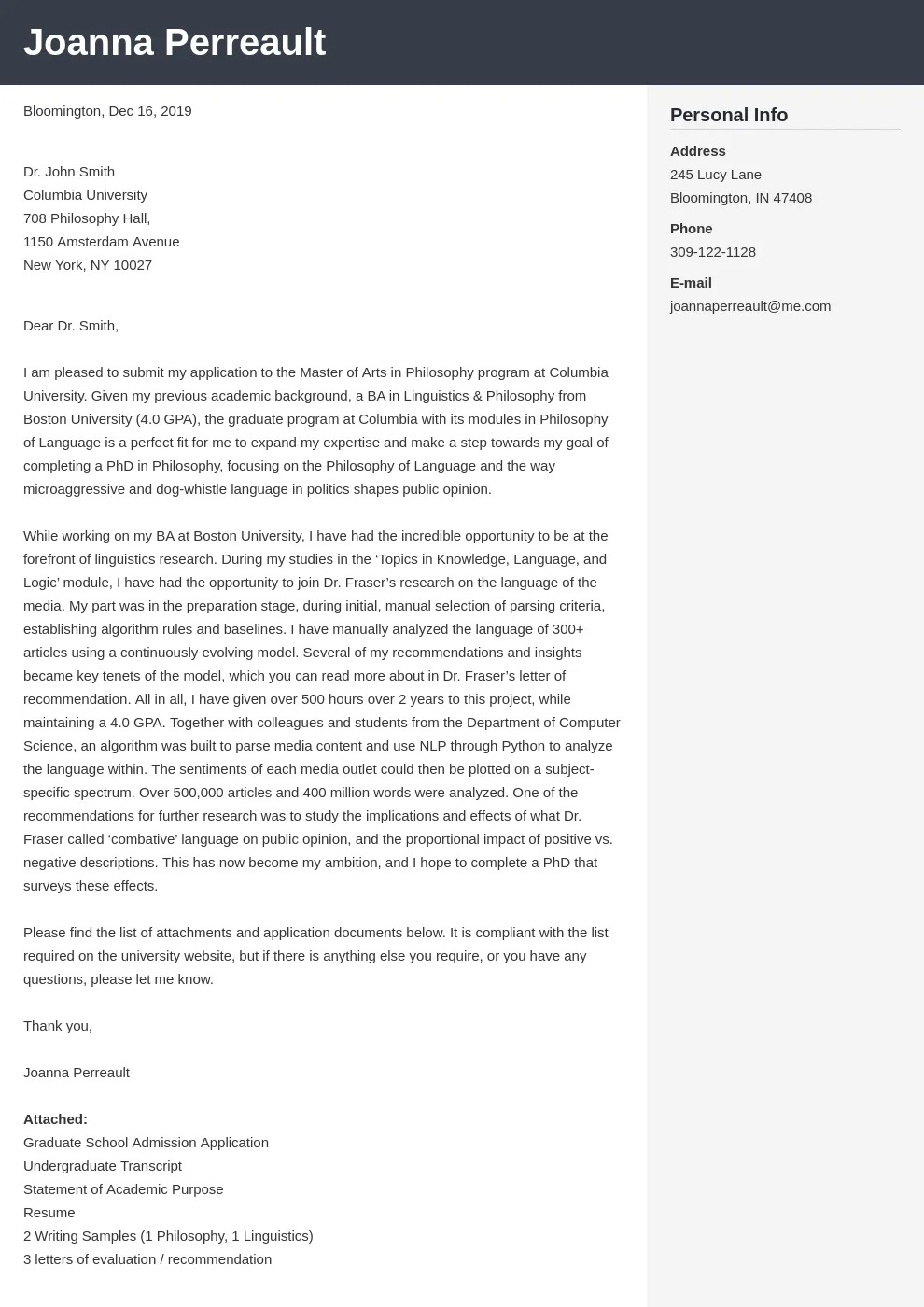
The body of your cover letter should expand on the skills and experiences mentioned in your resume, providing concrete examples of your abilities. Focus on skills and experiences that align with the program’s requirements and your career goals. Describe your achievements, using the STAR method (Situation, Task, Action, Result) to demonstrate your impact. Quantify your accomplishments whenever possible, using numbers to illustrate your contributions. Be specific and provide relevant details that showcase your unique qualifications and how they align with the program. Carefully choose your examples and ensure they support the claims you make about your skills and experiences.
Showcasing Relevant Academic Achievements
In addition to professional experiences, highlight your academic achievements that make you a good candidate. Mention any relevant coursework, research projects, thesis work, or publications that demonstrate your knowledge and skills in the field. Discuss any awards, scholarships, or honors you have received. Furthermore, consider any special projects, presentations, or extracurricular activities that enhanced your academic career. Tailor your approach to each program, highlighting the aspects of your academic record that are most relevant to the program’s objectives. Show how your academic background has prepared you for the rigors of graduate study.
Demonstrating Passion & Interest
Show genuine enthusiasm for the program by expressing your passion for the subject matter and your aspirations. Explain why you are interested in this particular program, what specific aspects of the curriculum or research opportunities appeal to you, and how they align with your long-term goals. Discuss any faculty members whose work you admire, or any specific projects that interest you. Moreover, illustrate what you hope to achieve during your graduate studies. Your genuine interest in the program should be evident throughout the letter and help make your application stand out to the admissions committee.
Tailoring Your Letter to the Program
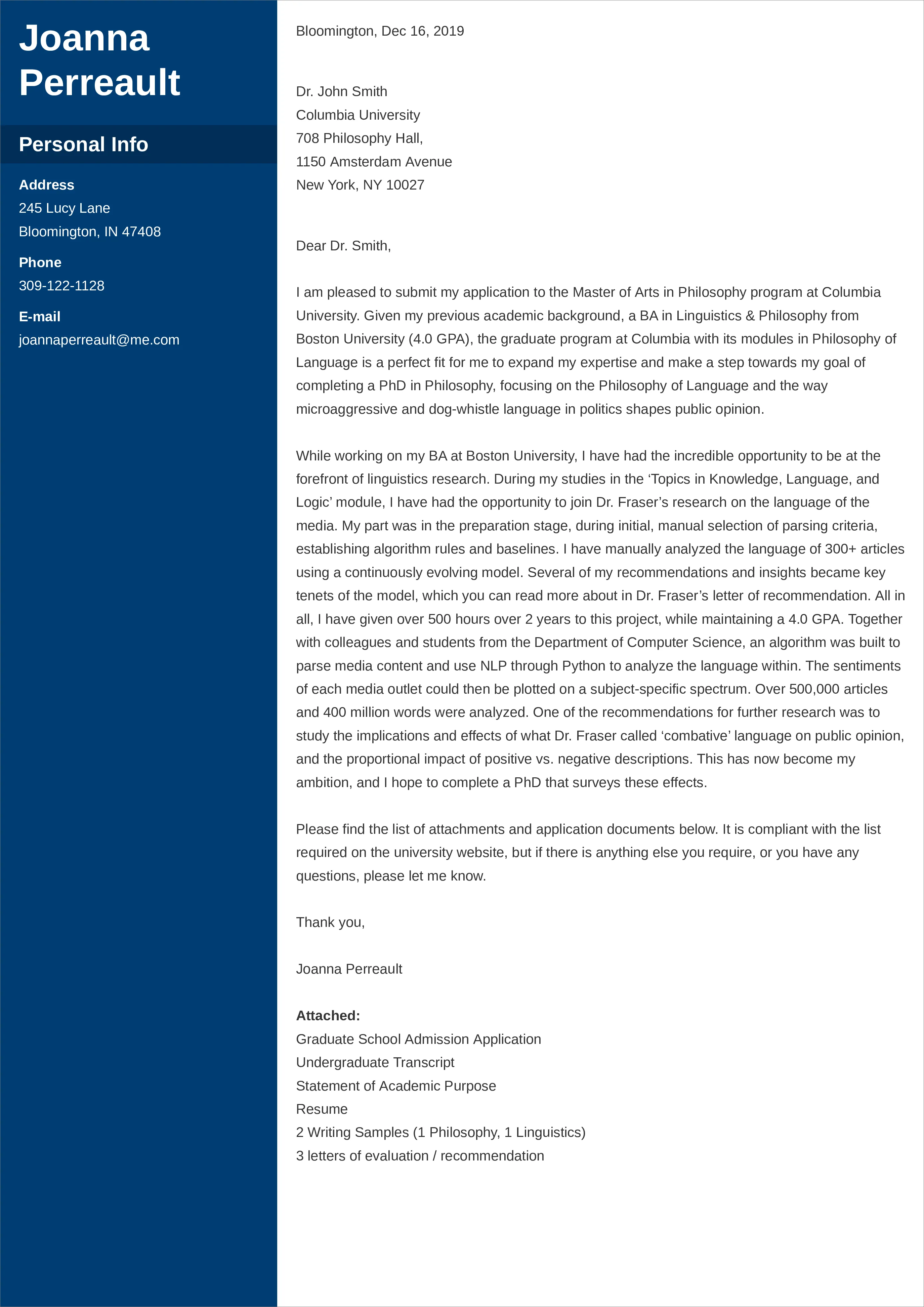
One of the most critical aspects of an effective cover letter is tailoring it to each specific program you are applying to. This shows that you have taken the time to research the program, understand its mission, and appreciate its values. Do not use a generic letter; instead, personalize it by addressing the program’s specific requirements, mentioning faculty research you are interested in, or referencing specific courses or opportunities that align with your goals. Highlighting the program’s unique features will demonstrate that you have done your homework and are genuinely interested in attending their institution. This approach ensures that your application stands out to the admissions committee.
Researching the Program and University
Before writing your cover letter, research the program and the university thoroughly. Visit the program’s website to learn about its curriculum, faculty, research areas, and admission requirements. Investigate the faculty members’ research interests and publications, and make connections between your interests and theirs. Understand the program’s mission and values, and how your goals align with theirs. The more you know about the program, the better you can tailor your cover letter to demonstrate your suitability and enthusiasm. Mentioning specific details from your research shows the committee that you’ve taken initiative and have a sincere interest.
Addressing Specific Program Requirements
Carefully review the program’s application guidelines and address any specific requirements mentioned. The program may ask for specific information, such as addressing certain questions, writing about specific experiences, or discussing your research interests. Make sure you answer these prompts comprehensively and directly, showing your understanding of the program’s needs. If the program specifies a particular format, adhere to those guidelines. Moreover, make sure you include all the required documents and follow the instructions precisely. Following the instructions is crucial to demonstrate your attention to detail and your respect for the program’s process.
Formatting and Structure
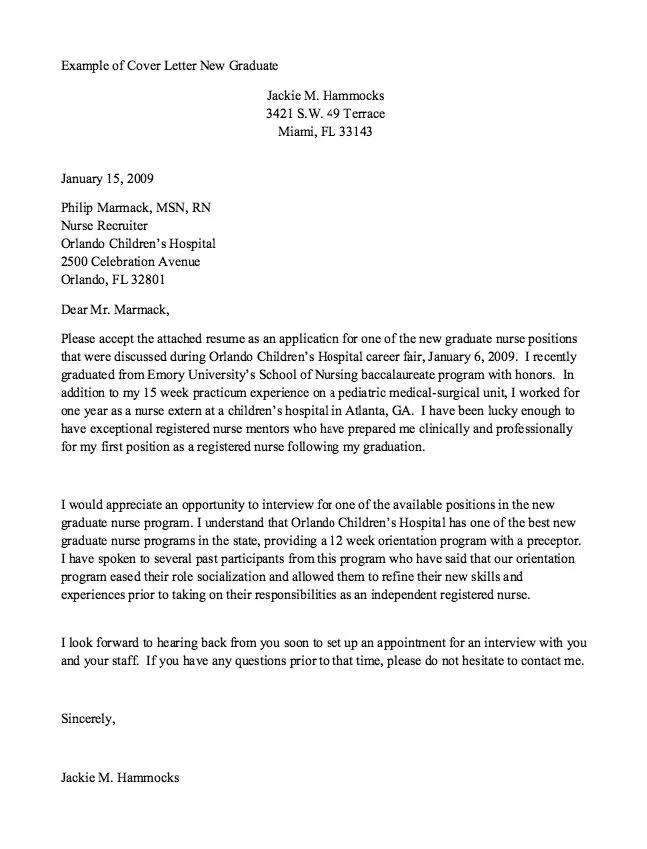
Structure your cover letter in a clear and organized manner. Use a professional font such as Times New Roman, Arial, or Calibri, with a font size between 11 and 12 points. Use single spacing within paragraphs and double spacing between paragraphs. Maintain consistent margins and alignment. Ensure your letter is easy to read and visually appealing. Use paragraphs to break up the text and make it more digestible. Consider using headings to separate the different sections of your letter. A well-formatted cover letter conveys your attention to detail and professionalism.
Professionalism in Tone and Language
Maintain a professional tone and language throughout your cover letter. Use formal language and avoid slang, jargon, and contractions. Proofread carefully to eliminate any typos or grammatical errors. Write concisely, using clear and precise language. Avoid using passive voice; instead, use active voice to make your writing more dynamic and engaging. Make sure your writing reflects your professionalism and attention to detail. The tone should be enthusiastic and confident. Use positive language to highlight your strengths and achievements. Your goal is to showcase yourself in the best possible light.
Proofreading and Editing for Perfection
Proofreading and editing are critical steps in ensuring the quality of your cover letter. Carefully review your letter for any errors in grammar, spelling, punctuation, and formatting. Check for any inconsistencies in tone or style. Have someone else review your letter for an objective perspective and to catch any errors you may have missed. Proofread the letter multiple times and read it aloud to catch any awkward phrasing. A well-proofread cover letter demonstrates attention to detail and professionalism, which is essential for making a positive impression on the admissions committee. Make sure that everything is perfect before you submit your application.
Common Mistakes to Avoid
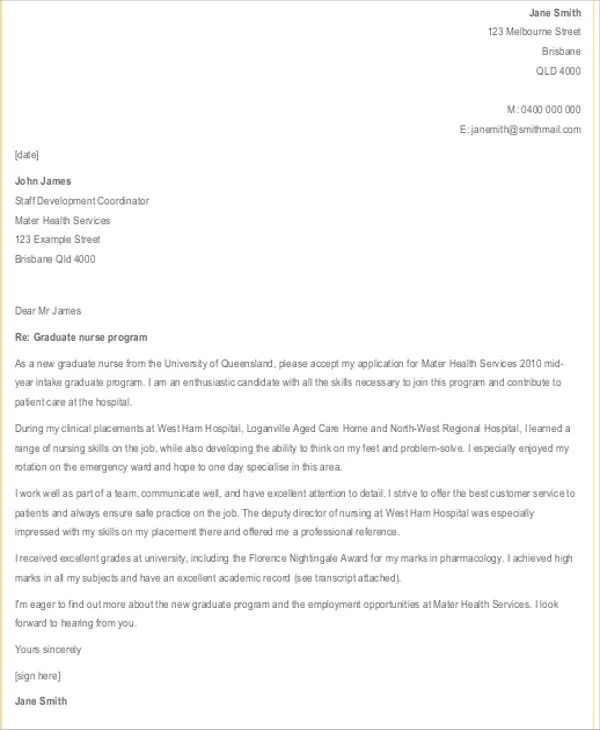
Avoiding common mistakes can significantly improve your cover letter. This includes using generic content, making typos and grammatical errors, and ignoring instructions. Each of these errors can negatively impact your chances. Therefore, it’s important to be aware of them and avoid them at all costs. Proofread carefully, tailor the letter to the specific program, and follow all guidelines. Addressing these common pitfalls is essential to ensure that your cover letter is polished and effective. This will help you present a compelling case for your candidacy.
Generic Content
Avoid using generic content that could apply to any graduate program. Tailor your cover letter to the specific program you are applying to. Research the program and highlight aspects that are relevant to your qualifications and goals. Generic cover letters fail to convey your unique interest and make a poor impression. Specificity shows the admissions committee that you have taken the time to research the program and that you have a genuine interest in attending. Demonstrate your ability to think critically and write persuasively about your interest in the program.
Typos and Grammatical Errors
Typos and grammatical errors can undermine your credibility and professionalism. Proofread your cover letter meticulously before submitting it. Use a spell-checker and grammar-checker, but also read through the letter carefully. Have a friend, family member, or career counselor review your letter. These errors suggest a lack of attention to detail, which is essential for graduate study. The letter is a reflection of your abilities, so making sure it is free of errors is essential. It is always best to have a second set of eyes look at your work before submitting it.
Ignoring Instructions
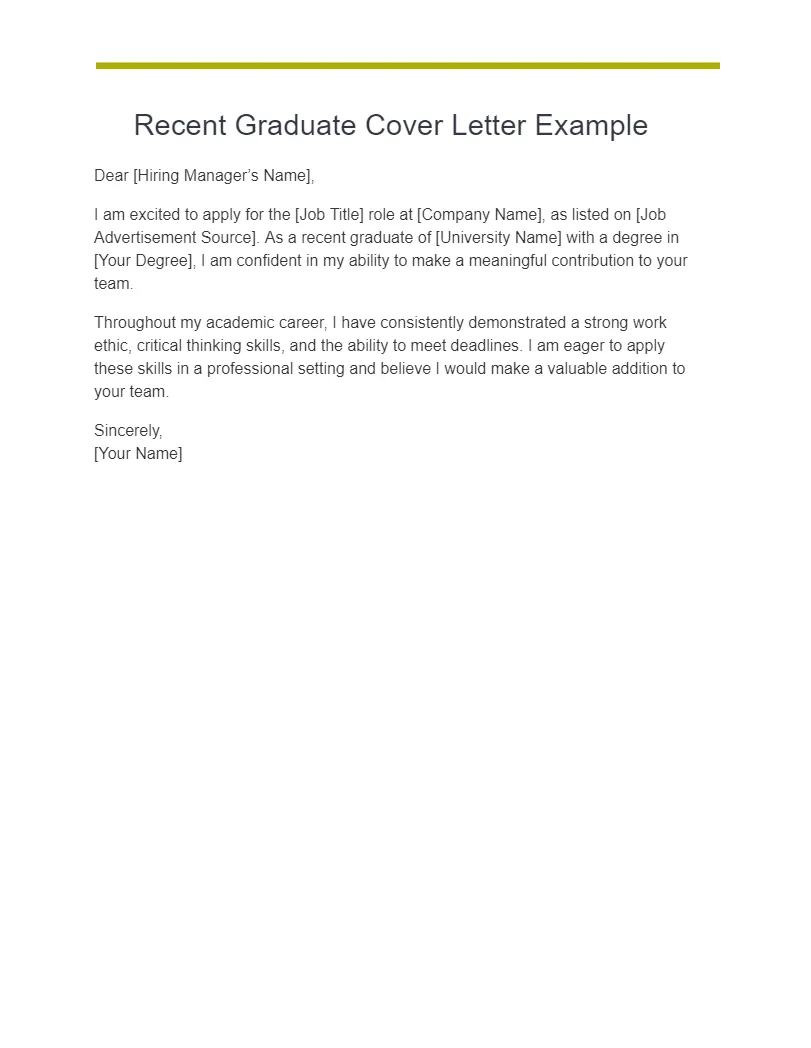
Always follow the application instructions carefully. The instructions are designed to help the admissions committee evaluate your application efficiently. Ignoring the instructions can suggest a lack of attention to detail and a lack of respect for the program’s process. If the program asks for specific information, provide it. If there is a specified word limit or format, follow it. Failing to follow instructions can be a red flag for the admissions committee. Make sure that you meet every requirement.
The Importance of a Strong Closing
Your closing paragraph is as important as your opening. This is the final opportunity to leave a lasting impression. Reiterate your interest in the program, express gratitude, and include a clear call to action. Your closing should be both concise and impactful. The closing section summarizes the most important points and ensures that the reader remembers them. Make sure the closing leaves a positive impression. Your closing will encourage the reader to consider you as a good fit. The closing is just as important as the beginning.
Reiterating Your Enthusiasm
Reiterate your enthusiasm for the program in your closing. Briefly restate why you are interested in the program and what makes it a good fit for your goals. This emphasizes your dedication and reinforces your motivations. Mentioning specific aspects of the program or its faculty can further demonstrate your interest. Remind the reader of your commitment and ensure you end on a positive note. Your excitement can leave a great impression. This will ensure the reader remembers your interest in the program.
Expressing Gratitude
Express your gratitude to the admissions committee for their time and consideration. Thank them for reviewing your application. This demonstrates respect and professionalism. Expressing gratitude shows that you appreciate the opportunity to apply and that you respect the committee’s work. Always end on a polite note. This is a great way to end your letter. Showing gratitude is a good way to show that you are a respectful person.
Call to Action Follow Up
Include a call to action in your closing. State that you look forward to hearing from them and that you are available for an interview or to provide further information. Provide your contact information again for convenience. This shows your eagerness and initiative. A clear call to action encourages a positive response and moves the application process forward. A strong closing with a call to action can have a positive impact. It will leave a great impression.
